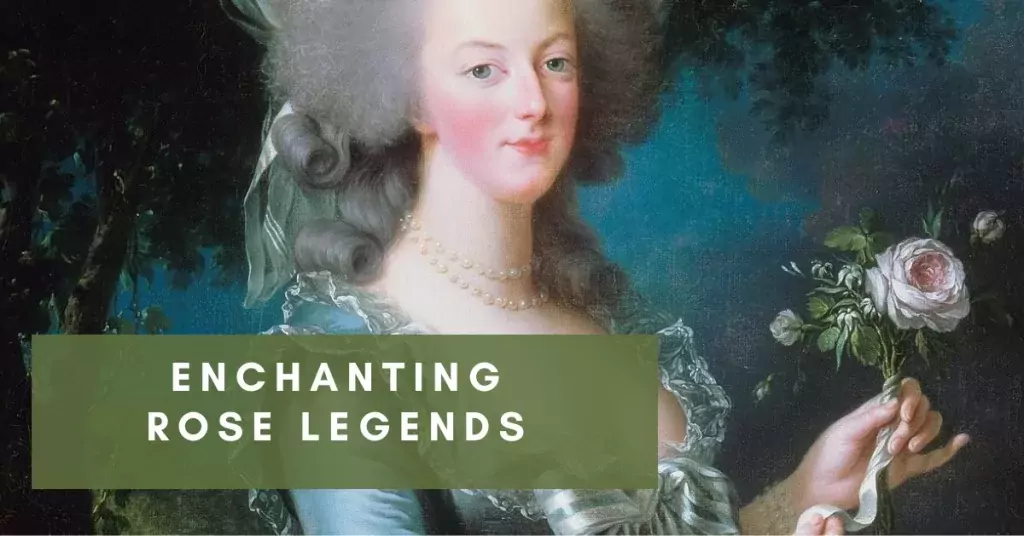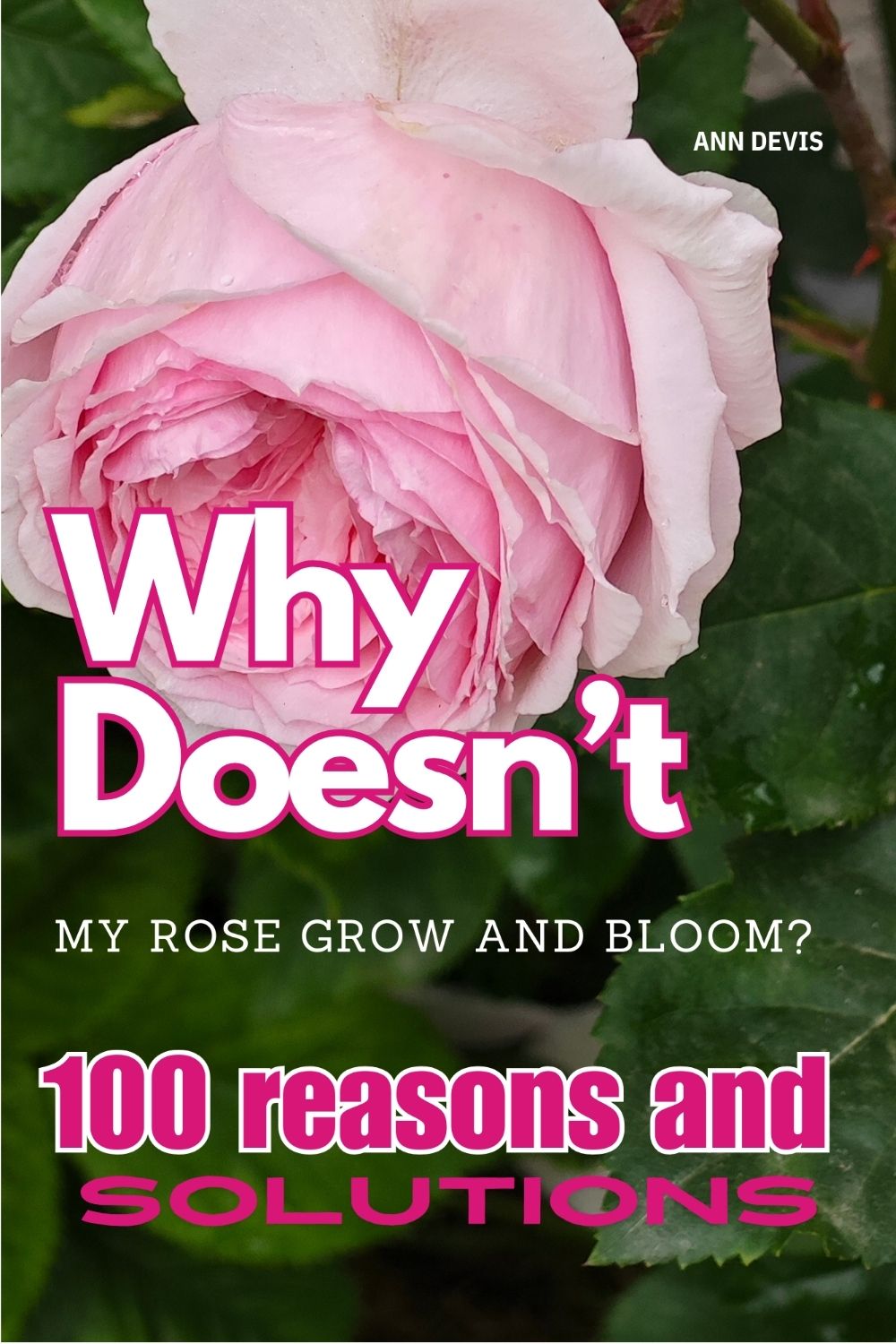The rose is a majestic queen in the vast tapestry of botanical wonders, captivating hearts across cultures and centuries. Revered as the epitome of beauty and a symbol of passionate love, the rose has woven its way through history, leaving behind a trail of admiration and devotion. Journey with us as we unravel the ancient roots of this exquisite flower, tracing its origins from the enchanting myths of ancient civilizations to its revered status in the gardens of emperors and the lore of legendary lovers.
What is the origin of the rose myth?
The earliest whispers of the rose can be traced back to ancient Indian myths.
In India, the rose was revered so much that kings bestowed great wealth upon those who brought them this fragrant bloom. Its presence was not merely ornamental; it symbolized divinity and grace, gracing the halls of royalty with its enchanting aroma.
The Birth of the Pristine Rose
In the mystical narratives of Ancient Persia, a heavenly council appealed to Allah for a new sovereign, as the royal Lotus was deemed too passive. In response, Allah crafted a radiant white rose adorned with sharp thorns, symbolizing beauty and protection. Another legend tells of the rose emerging from the sweat of the Prophet Muhammad, endowing it with sacred purity.

For the devout Magometans, the rose possessed a cleansing aura, prompting them to relocate any fallen delicately rose to a pristine spot. This belief extended to rosewater, which, according to legend, Sultan Mehmed II used to purify the Hagia Sophia after its conquest by the Turks.
Confucius' Divine Adoration
In the wisdom-filled corridors of ancient China, the rose found a profound admirer in the great philosopher Confucius. To him, the rose was not just a flower but a divine entity deserving reverence. The imperial gardens of China boasted a vast array of rose bushes, and the royal library housed volumes dedicated solely to the rose, underscoring its significance in Chinese culture.
The Red Rose of Innocence - Rose Legends
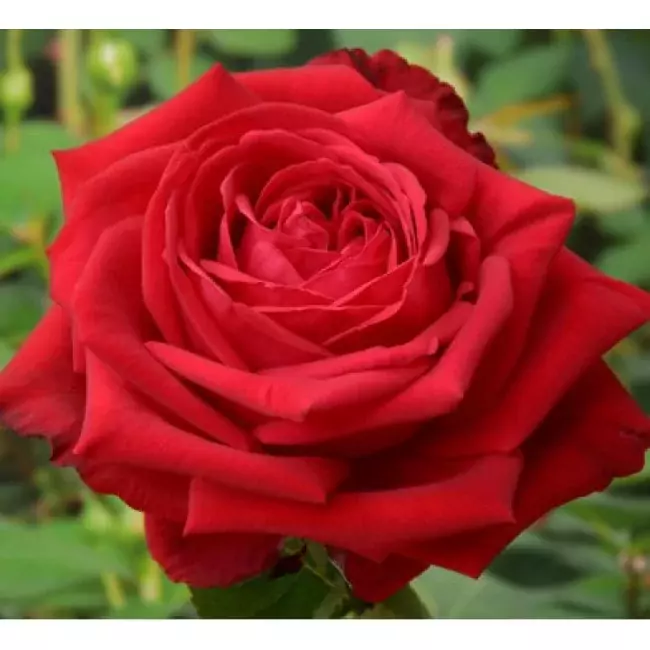
The debates among scholars regarding the presence of roses in ancient Hebrew culture have kept the rose’s significance in their lore. The Talmud, a cornerstone of Jewish teachings, speaks of a red rose sprouting from the blood of the innocent Abel, marking it as a symbol of purity and sacrifice.
In Jewish weddings, the crimson rose takes pride of place, adorning the bride’s attire, echoing a tradition that has spanned millennia.
Where Gods and Mortals Fell in Love
Ancient Greece, the birthplace of intellectual pursuit, celebrated the rose as a divine gift. According to the poet Anacreon, the rose emerged from the foamy essence enveloping Aphrodite, the goddess of love, as she ascended from the sea. The gods, enchanted by its beauty, anointed it with nectar, bestowing upon it an unparalleled fragrance. Legends abound of how the pure white rose turned crimson, either through the tragic love of a nightingale or the blood of a wounded goddess, symbolizing both love’s sweetness and its inevitable pain.
Throughout ancient civilizations, roses adorned the paths of victorious warriors, were exchanged by lovers as tokens of affection, and graced the robes of brides, infusing each occasion with their delicate charm. Beyond their aesthetic appeal, ancient cultures believed in the rose’s miraculous properties, using it to preserve beauty, deter aging, and safeguard the departed.
What is the legend of a rose?
Roman Elegance: Mea Rosa
In ancient Rome, young patricians wove wondrous rose garlands for their beloved brides, tenderly calling them “mea Rosa,” my rose.
Rose petals blanketed banquet halls, forming a fragrant carpet that reached the guests’ ankles. The Romans mixed roses with the red Salernian wine called “rosaltum.”
They adored the rose to such an extent that victorious commanders were granted the privilege of carrying a carved image of this flower on their shields.
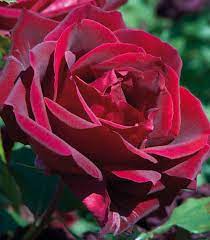
Eastern Mystique: Gul and Rosewater
In certain Eastern countries, a guest entering a home is greeted with rosewater as a sign of hospitality. In Persia, the land of roses, the flower is called “gold,” meaning “flower.”
The rose is described as a “sister to a woman” in Indian tradition. Roses also made their way into the romantic lives of historical figures: Alcibiades presented Aspasia with roses from Chios, and the captivating Antony adorned Cleopatra’s hair with petite Nile roses.
Rose in Religious Lore
In various religious contexts, the rose is a sacred emblem. For Western crusaders, the pale Judean rose, the Rosa Mundi, held religious significance. In the regions surrounding Smyrna and Shiraz, where roses reign supreme, a pink bud is hung over a newborn’s cradle in the belief that it will bring happiness. Christian martyrs’ graves included roses, which, according to legend, bloom anew each spring. In the villages of Attica, Greece, they wove roses into the hair of young girls who passed away prematurely, a gesture believed to restore their beauty, delay aging, and protect the departed from decay.
The Rose in Europe: A Symbol of Love
Mary of England, wife of Louis XII, introduced a charming tradition in France—the Festival of Roses. Every spring, the most virtuous young lady would plant a rosebush, naming it after herself and caring for it with pride.
These rosebushes became cherished family members, blooming memories of youth.
The golden rose, sent by the Pope, signified respect for the virtue and mercy of Catholic princesses. At the same time, the fourth Sunday of Lent in Rome is known as “Rose Sunday,” when the Pope blesses the rose, symbolizing life’s fleeting nature and the eternal life to come.
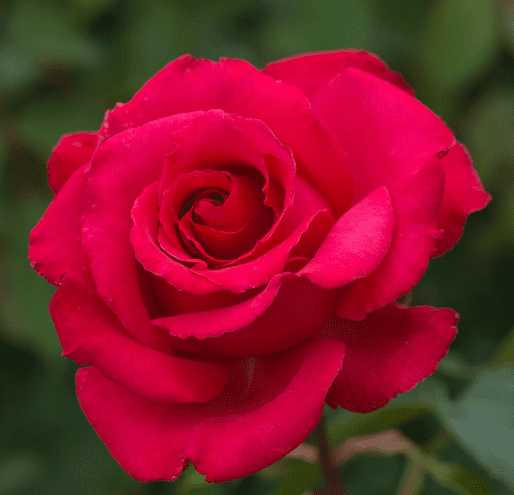
The Rosalatum Rose
One of the most ancient roses was uncovered in an Egyptian tomb in Arsinoe. This intricate rose was a funerary rose entwined into a long garland in the second century AD. It was found to be of the Rosa Santa variety, traditionally grown around churches and houses in Abyssinia.
Roses in a Dark Hour: Marie Antoinette and Louis XVI
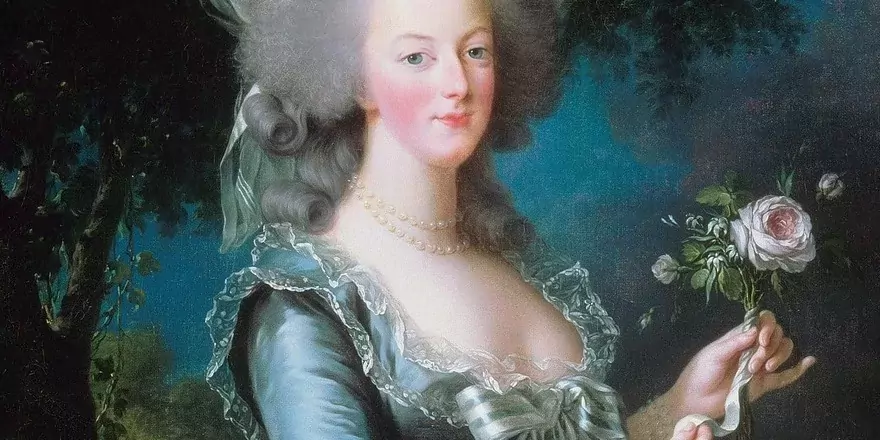
Marie Antoinette, preparing for the guillotine, received a small white rose every morning, which she pinned to her black woolen dress.
Yet, one day, a cryptic message was hidden within the rose. Since then, the rose has been deemed sacred, known as the “Queen’s Flower.”
King Louis XVI met his end as a martyr, and the sad beat of drums heralded his death. In this landscape of life and death, the rose remains a symbol as captivating and timeless as the legends surrounding it.

Get Your Free Lunar Gardener's Calendar 2025!
Join the Lunar Gardening Revolution! Subscribe now to receive our exclusive Free Lunar Gardener’s Calendar for 2025. Harness the power of the moon to optimize your planting, nurturing, and harvesting.
In the grand tapestry of history, the rose emerges not merely as a flower but as a profound symbol, embodying love, divinity, sacrifice, and beauty. From emperors’ sacred gardens to poets’ passionate verses, the rose has stood the test of time, enchanting humanity with its timeless elegance. Today, as we revel in the beauty of a blooming rose, we echo the sentiments of ancient civilizations, recognizing the rose not just as a flower but as a living testament to the enduring legacy of love and reverence passed down through generations.
There are many myths and legends about roses. This flower has always been associated with the history of humanity. What legends and myths do you know?

